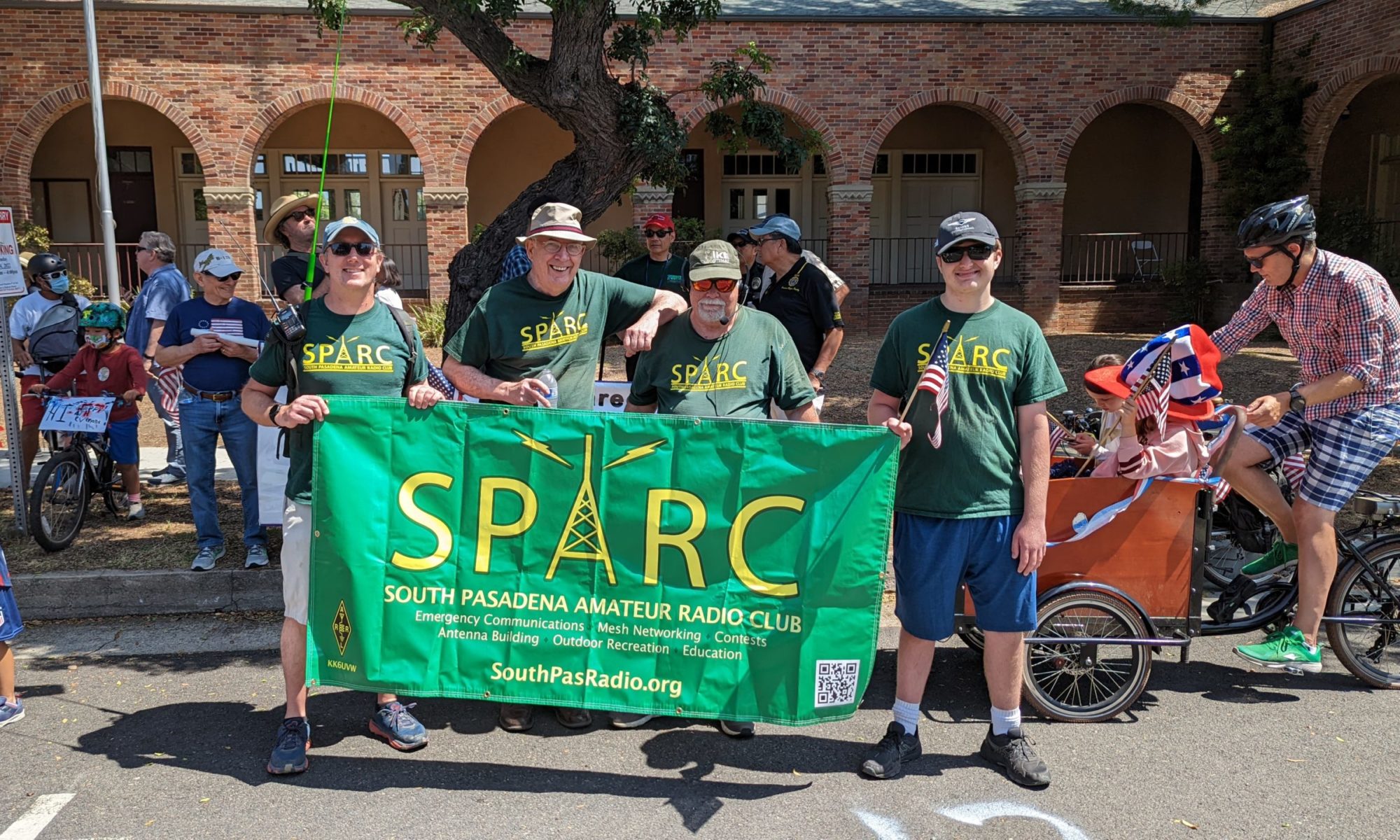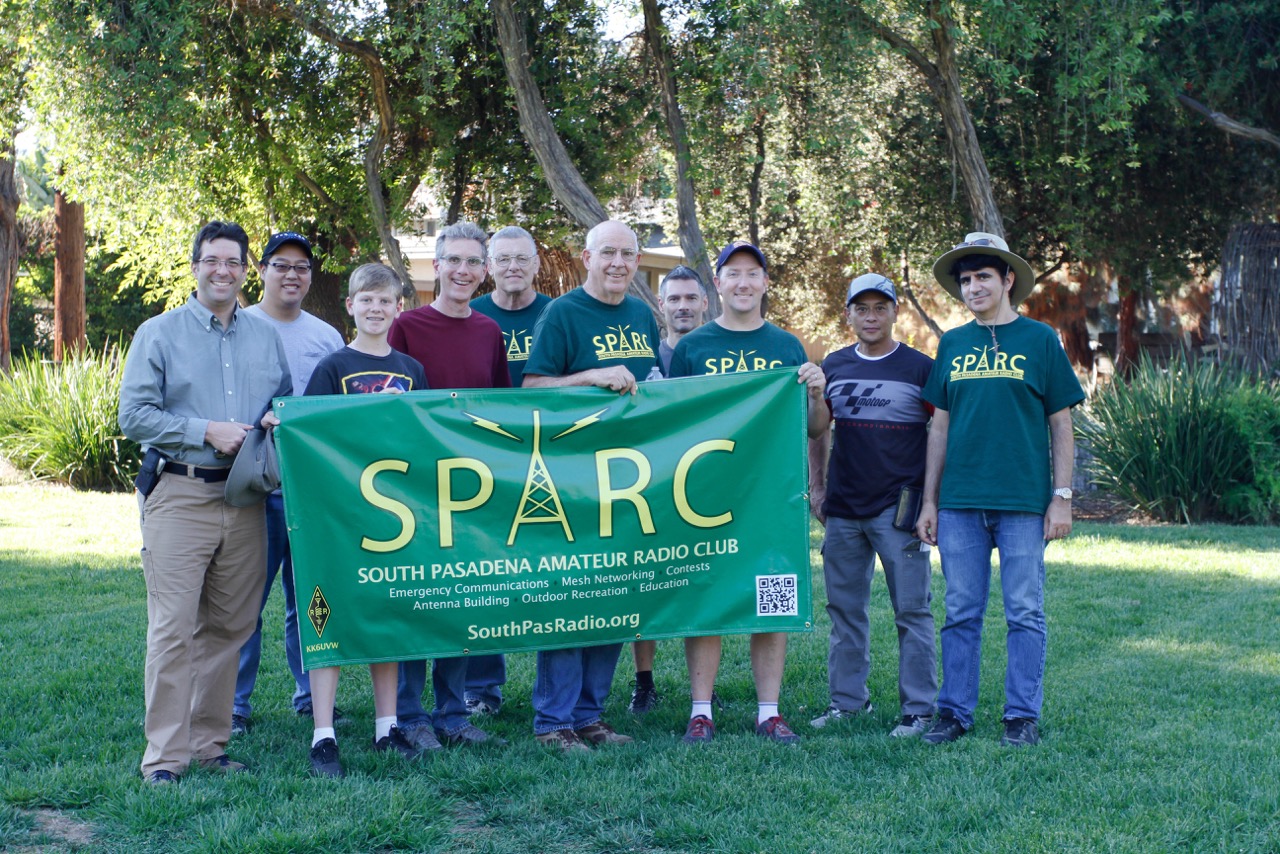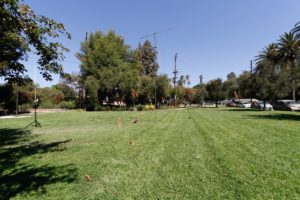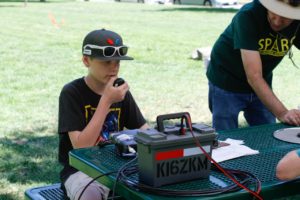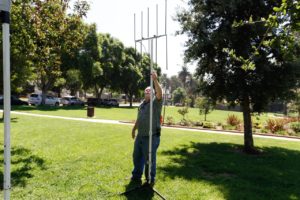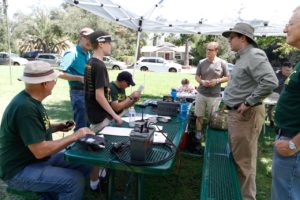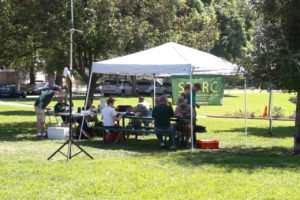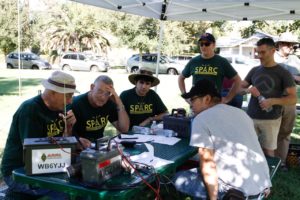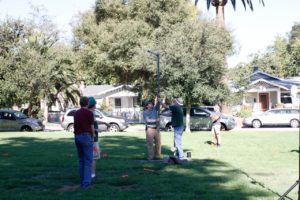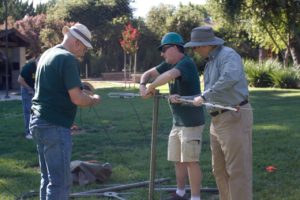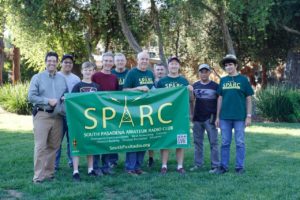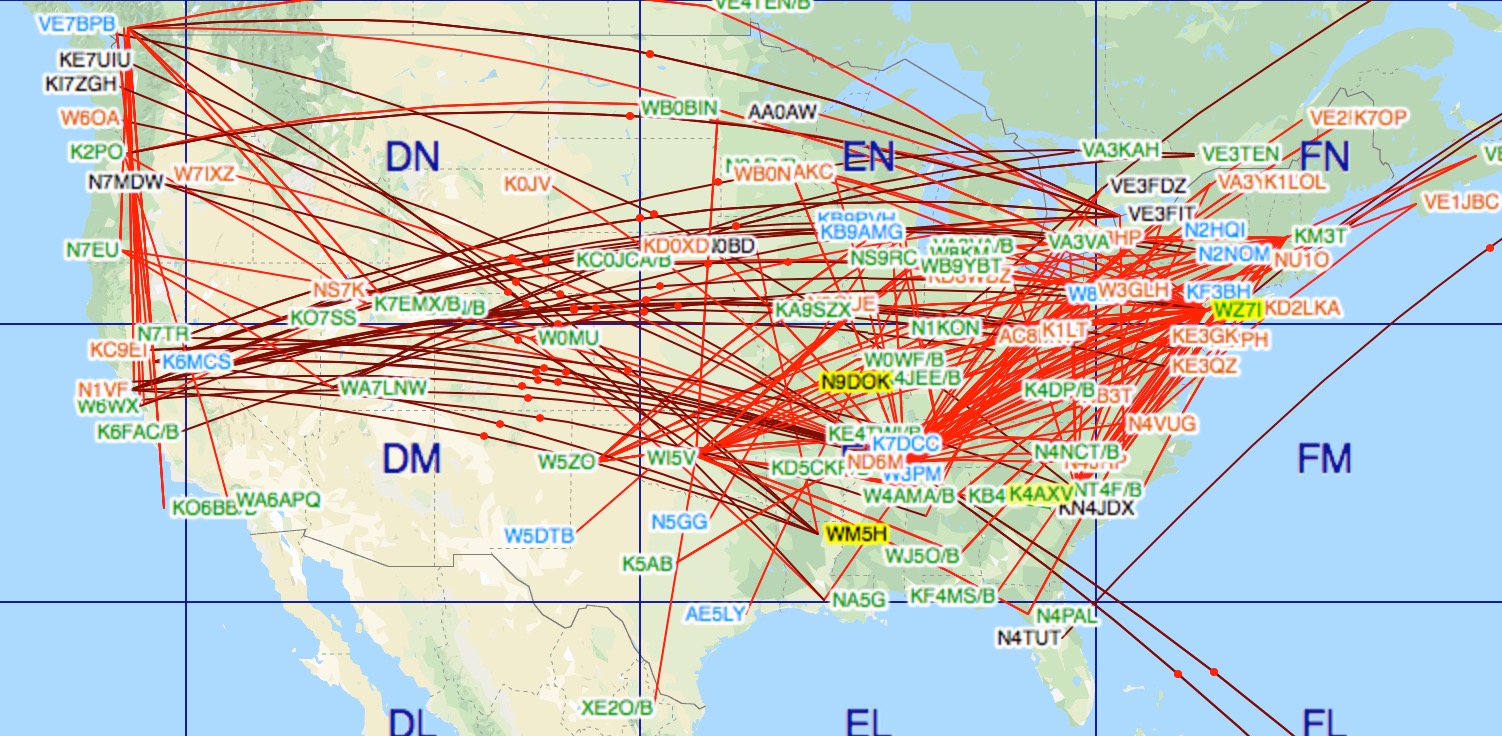How well your radio can transmit and receive depends on many factors. You can control some factors like antenna location and transmit power. But factors like band conditions and activity are up to chance and Mother Nature. Thankfully, the following web sites can help you monitor the bands and indicate what you may find on the air. If you know of a site we should include here, email us at website@southpasradio.org.
WSPRnet — The Weak Signal Propagation Reporter Network is a group of amateur radio operators who use open-source software to test propagation conditions using very low-power transmissions.
BandConditions.com — Displays band info in colorful dashboards. This site also powers an Amazon Alexa skill.
PSK Reporter by Philip Gladstone — Similar to WSPRnet but data is gathered by receiving the PSK, JT65 and FT-8 protocols. You don’t need a license to contribute data because the system is receive only.
Reverse Beacon Network — A network of volunteers listening to the bands and reporting what stations they hear, when and how well.
N6SJV’s Cali VHF UHF Page — Spotting network with a focus on Northern California and the Greater San Joaquin Valley. Sponsored by the Lodi ARC.
VHF/UHF Conditions Map — Maintained by the Mountain Lake, MN public school district.
Kurt Harnish’s Maps — Covers 2, 6 and 10 meters.
DXMAPS — QSO/SWL real-time information.
William Hepburn’s DX Information Centre — Lots of information on DX and more.
DXWatch — Hosts the Reverse Beacon Network. Rather than a map format, this site lets you configure filters and display DX spots in a scrolling list.
Space Weather — Your source for “What’s up in space.”
VOACAP — Voice of America Coverage Analysis Program. Free professional high-frequency (HF) propagation prediction software from NTIA/ITS.
